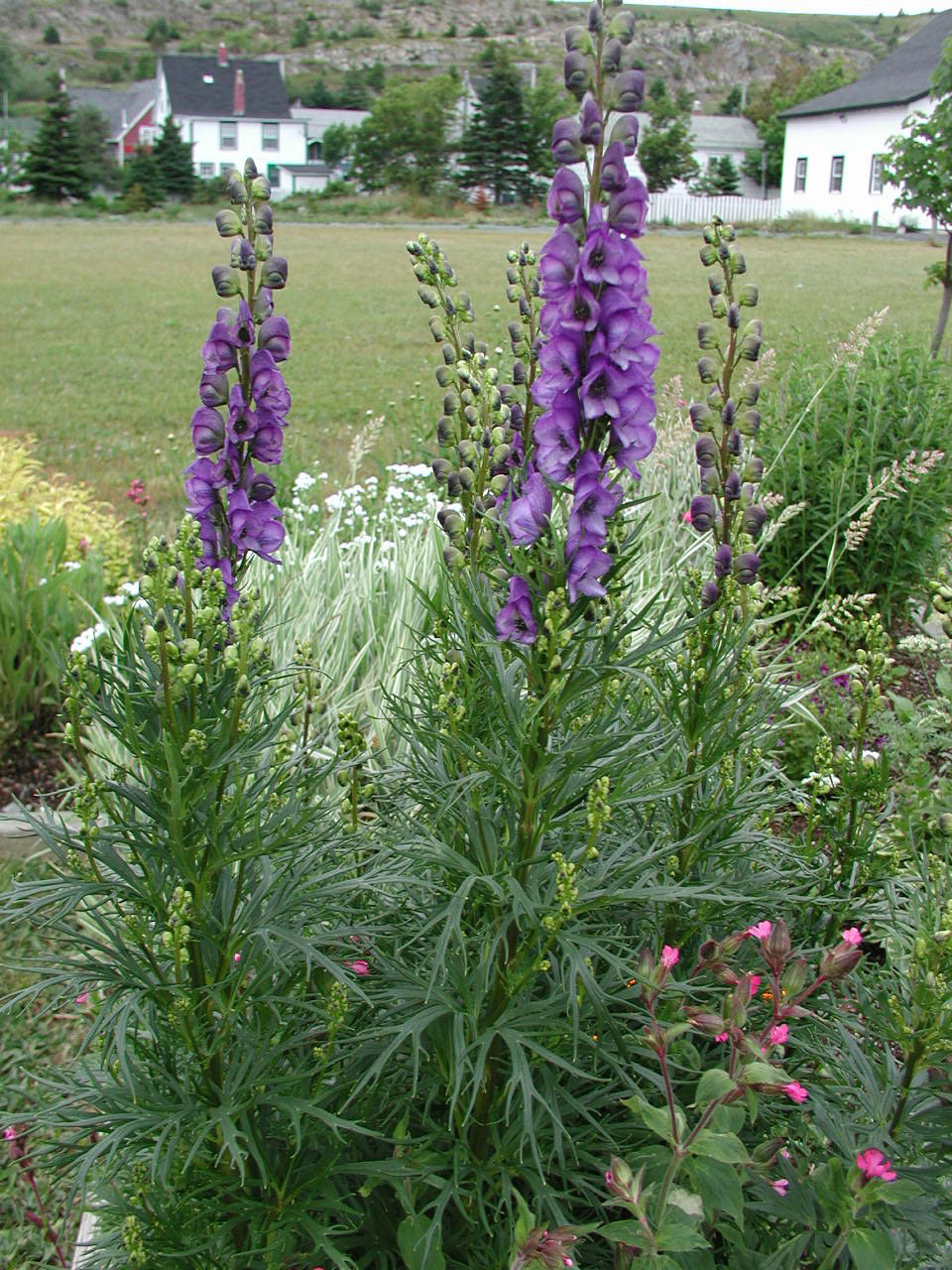
Wolfsbane Plant
Wolfsbane Plant: A Comprehensive Guide
Introduction to Wolfsbane Plant
Wolfsbane, also known as Aconitum, is a highly toxic plant that has been used for centuries in various cultures for its medicinal properties. Despite its deadly nature, Wolfsbane has a long history of use in traditional medicine and folklore.
Appearance and Characteristics of Wolfsbane Plant
Wolfsbane is a perennial flowering plant that belongs to the buttercup family. It typically grows to a height of 2-4 feet and produces clusters of blue, purple, or white flowers. The leaves of the Wolfsbane plant are dark green and deeply lobed, giving it a distinctive appearance.
Historical Uses of Wolfsbane Plant
Throughout history, Wolfsbane has been used for its medicinal properties, particularly in the treatment of various ailments such as fever, pain, and inflammation. In ancient times, it was also used as a poison for hunting and warfare.
Toxicity of Wolfsbane Plant

Wolfsbane is highly toxic and contains a potent neurotoxin called aconitine. Ingesting even small amounts of Wolfsbane can be fatal, as it can cause paralysis of the nervous system and respiratory failure. It is essential to handle Wolfsbane with extreme caution and avoid ingestion at all costs.
Cultivation and Growing Conditions of Wolfsbane Plant
Wolfsbane thrives in moist, well-drained soil and partial shade. It can be grown from seeds or divided root cuttings and requires regular watering to ensure healthy growth. However, due to its toxic nature, it is not recommended for home garden cultivation.
Harvesting and Processing of Wolfsbane Plant
The roots of the Wolfsbane plant are the most potent part and are typically harvested in the fall when the plant is dormant. After harvesting, the roots are dried and processed into a powdered form for medicinal use.
Medicinal Uses of Wolfsbane Plant

Despite its toxicity, Wolfsbane has been used in traditional medicine for centuries to treat conditions such as arthritis, neuralgia, and rheumatism. It is important to note that Wolfsbane should only be used under the supervision of a qualified herbalist or healthcare provider.
Modern Research on Wolfsbane Plant
Recent studies have shown that certain compounds in Wolfsbane may have potential therapeutic benefits for conditions such as cardiac arrhythmias and neuropathic pain. However, further research is needed to fully understand the safety and efficacy of Wolfsbane as a medicinal plant.
Side Effects and Precautions of Wolfsbane Plant
Due to its high toxicity, Wolfsbane should never be ingested or applied to the skin without proper preparation and dosage. Side effects of Wolfsbane poisoning can include vomiting, dizziness, and even death. It is crucial to seek immediate medical attention if you suspect Wolfsbane poisoning.
Legal Status of Wolfsbane Plant
In many countries, Wolfsbane is a regulated plant due to its toxic nature and potential for misuse. It is essential to research the laws and regulations in your area before growing or using Wolfsbane for any purpose.
FAQs
1. Is Wolfsbane safe to use?
No, Wolfsbane is highly toxic and should never be used without proper preparation and dosage.
2. Can Wolfsbane be grown in a home garden?
It is not recommended to grow Wolfsbane in a home garden due to its toxic nature.
3. What are the potential benefits of Wolfsbane?
Some research suggests that certain compounds in Wolfsbane may have therapeutic benefits for specific medical conditions.
4. How should Wolfsbane be handled safely?
Wolfsbane should be handled with extreme caution, using gloves and protective gear to avoid skin contact and ingestion.
Conclusion
In conclusion, Wolfsbane is a fascinating and potent plant with a long history of medicinal use. However, its high toxicity and potential for harm make it a plant that should be approached with caution and respect. While Wolfsbane may have some therapeutic benefits, it is essential to consult with a qualified herbalist or healthcare provider before using it for any purpose. Remember, safety always comes first when dealing with toxic plants like Wolfsbane.